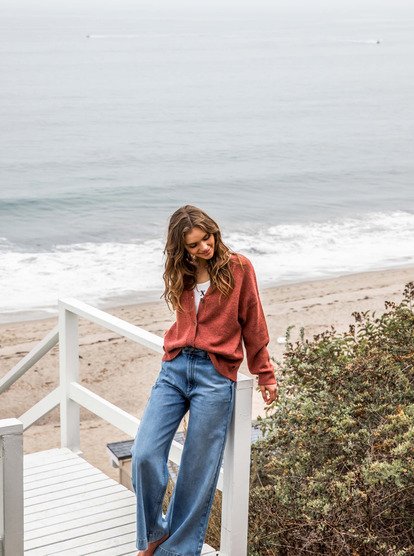There are many reasons why people wear corsets, reasons both intimate and everyday. From one basic pattern stem seemingly limitless interpretations of design and style to accommodate every type of figure and occasion.
The corset has adapted to many different social conditions over time, and whilst today it could be said to be no longer a necessity, it still enjoys popularity amongst its many fans. The evolving meaning of corset use has given it its spectrum of faces; whether fashionable or passé, it has been constantly influential. Its place in fashion history is guaranteed , in that when it was worn other clothing had to be designed at least with compatibility in mind. Here is its most obvious influence – the past’s most extreme fashions were dictated to by it.
These days, we are free of the myths that bugged corsetry throughout its decline. It is apparent that those who choose to wear corsets will not put up with pain or enforced servitude; responsible medical advice allows us to tight-lace with safety. Without ridiculous misinterpretations, the climate for corsetry is favourable.Acceptance of alternative sexual tastes also allows exploration of one of the corset’s most widely perceived applications. In turn this makes the corset-as-outerwear an extremely desirable garment, sure to invite attention. These factors allow more people to enjoy corsets, both for everyday and leisure wear.
It is a headache for designers and customers alike when today’s fashions become saggy and tired. There is therefore an industry of real corset-makers (as opposed to let’s-pretend imitations) designing for this market. Firmly-established firms such as Madame Voller’s have reintroduced their products. Today, it is also possible to be self-taught; the requisite skills are derived from basic sewing, and the specialised techniques can be found online and in many thorough books. Also, there are several reputable supply companies. This easy availability suggests a permanent interest.
